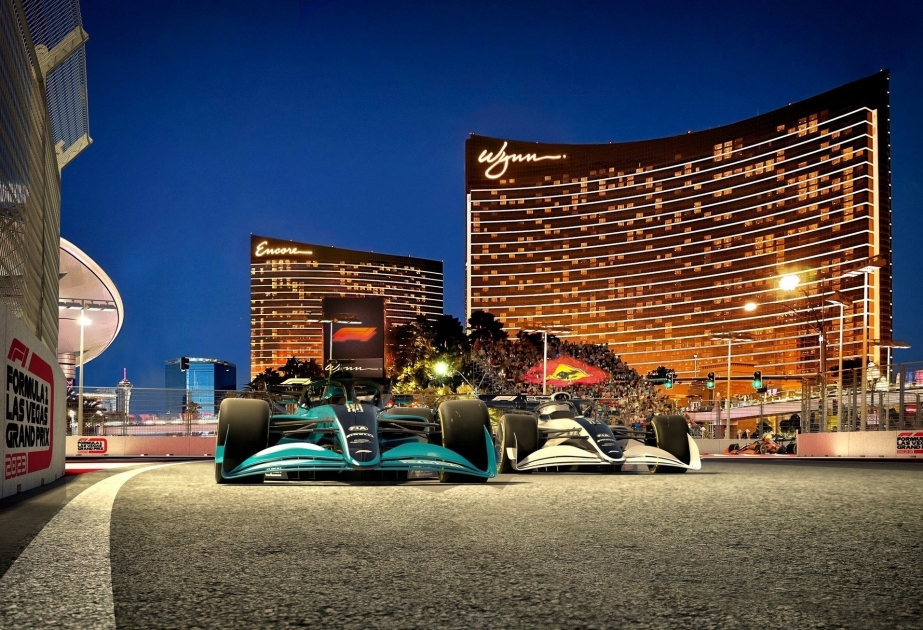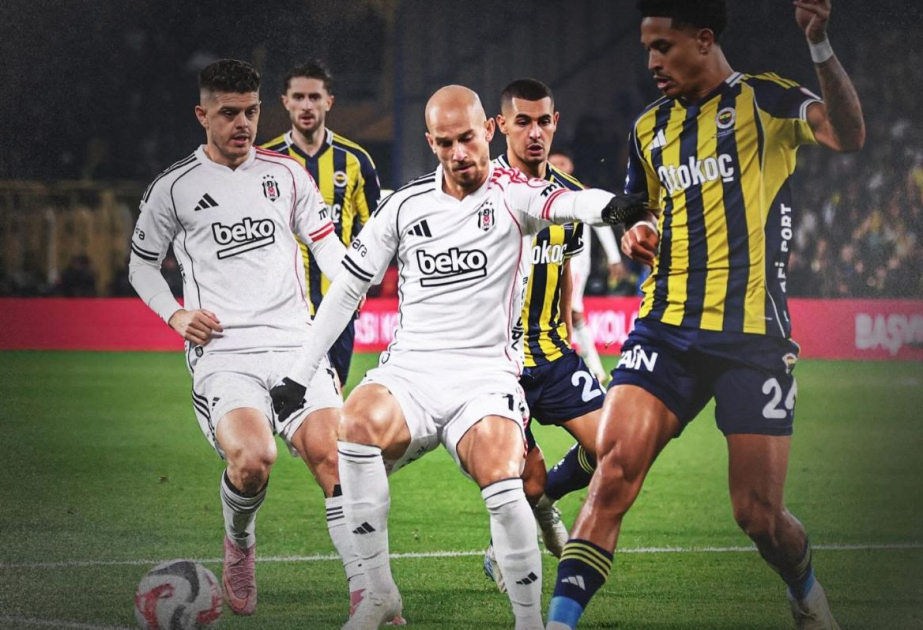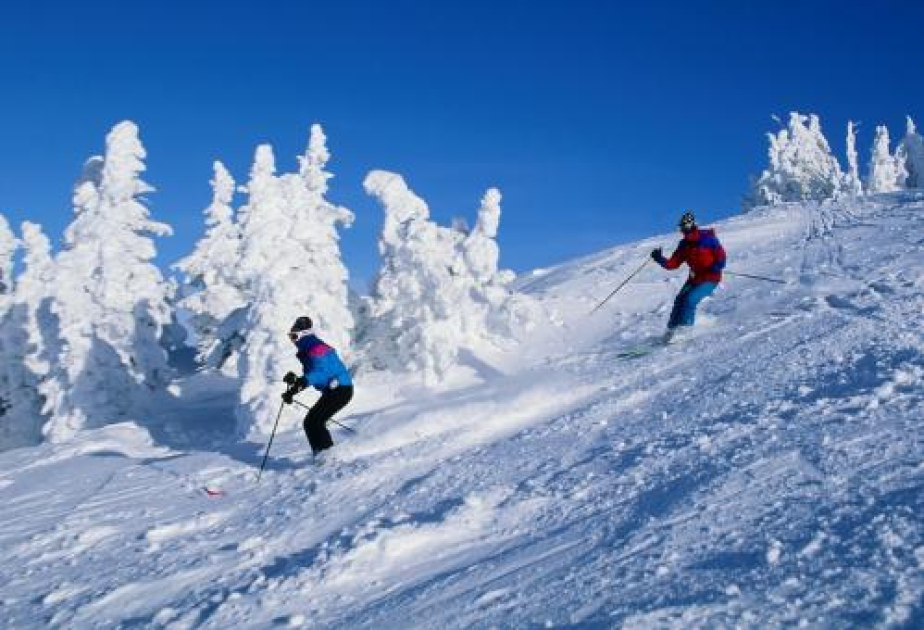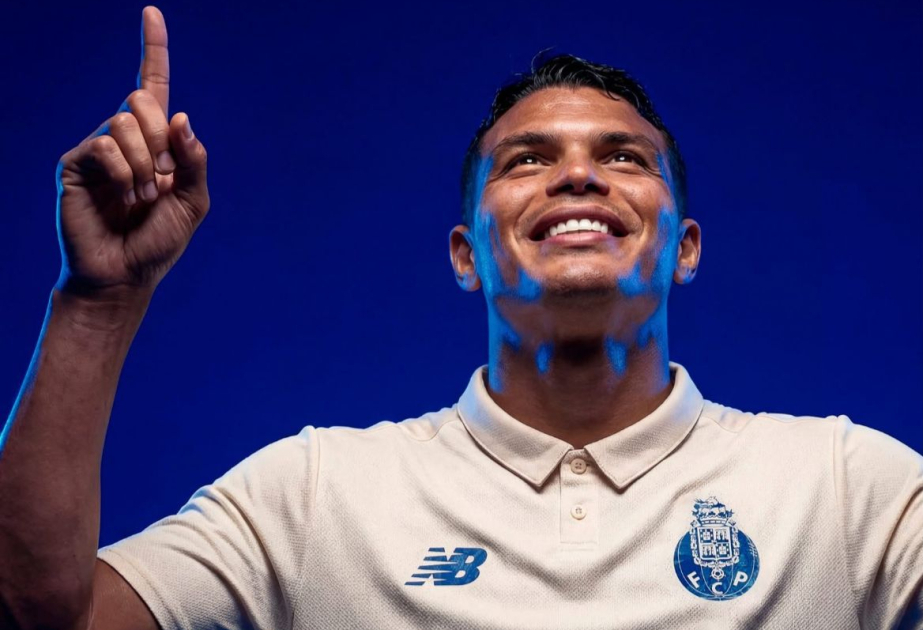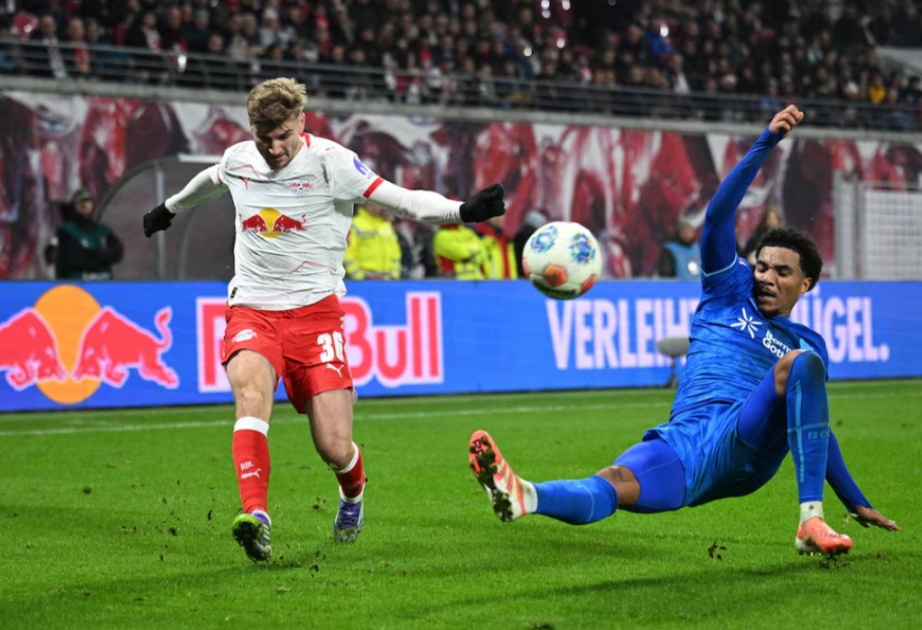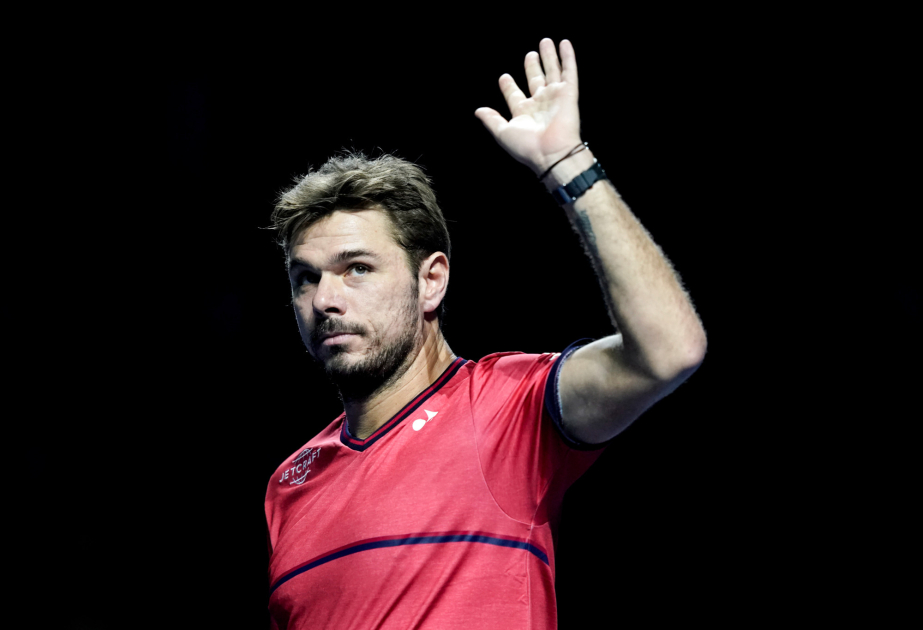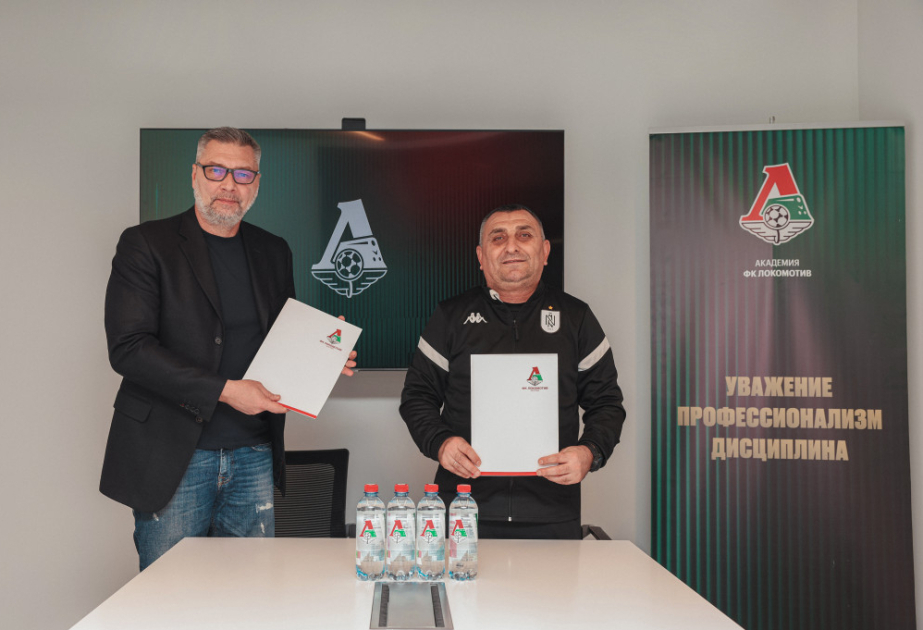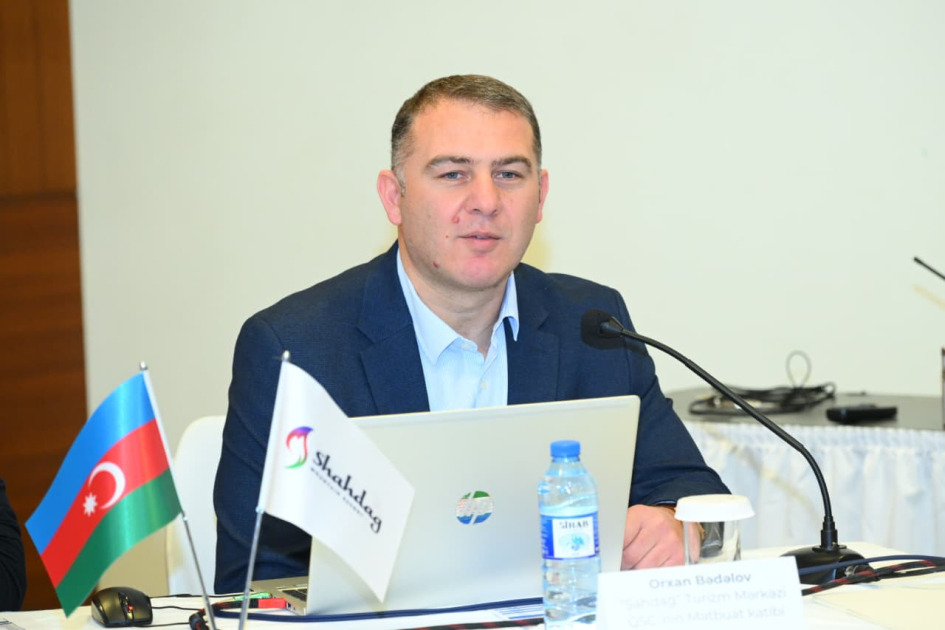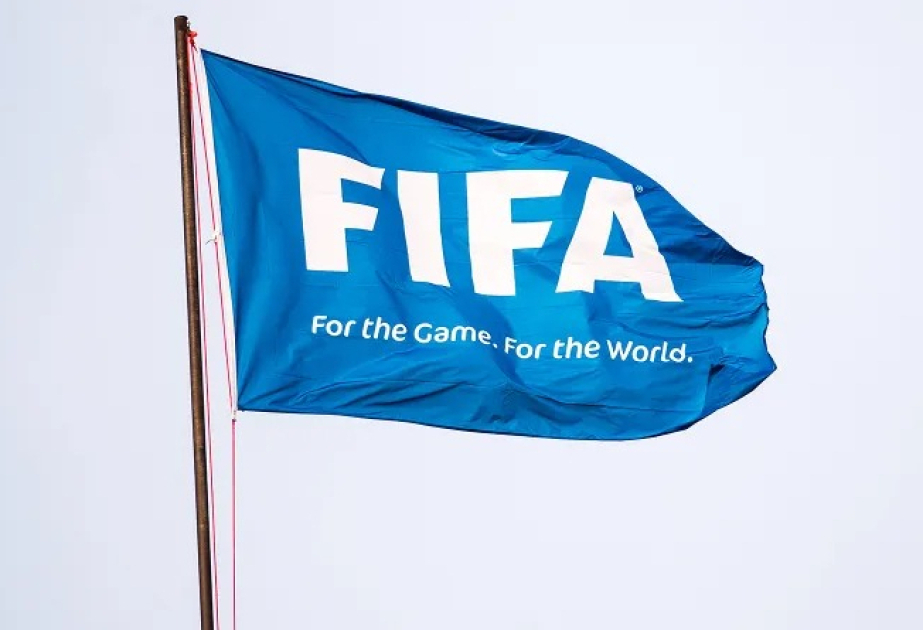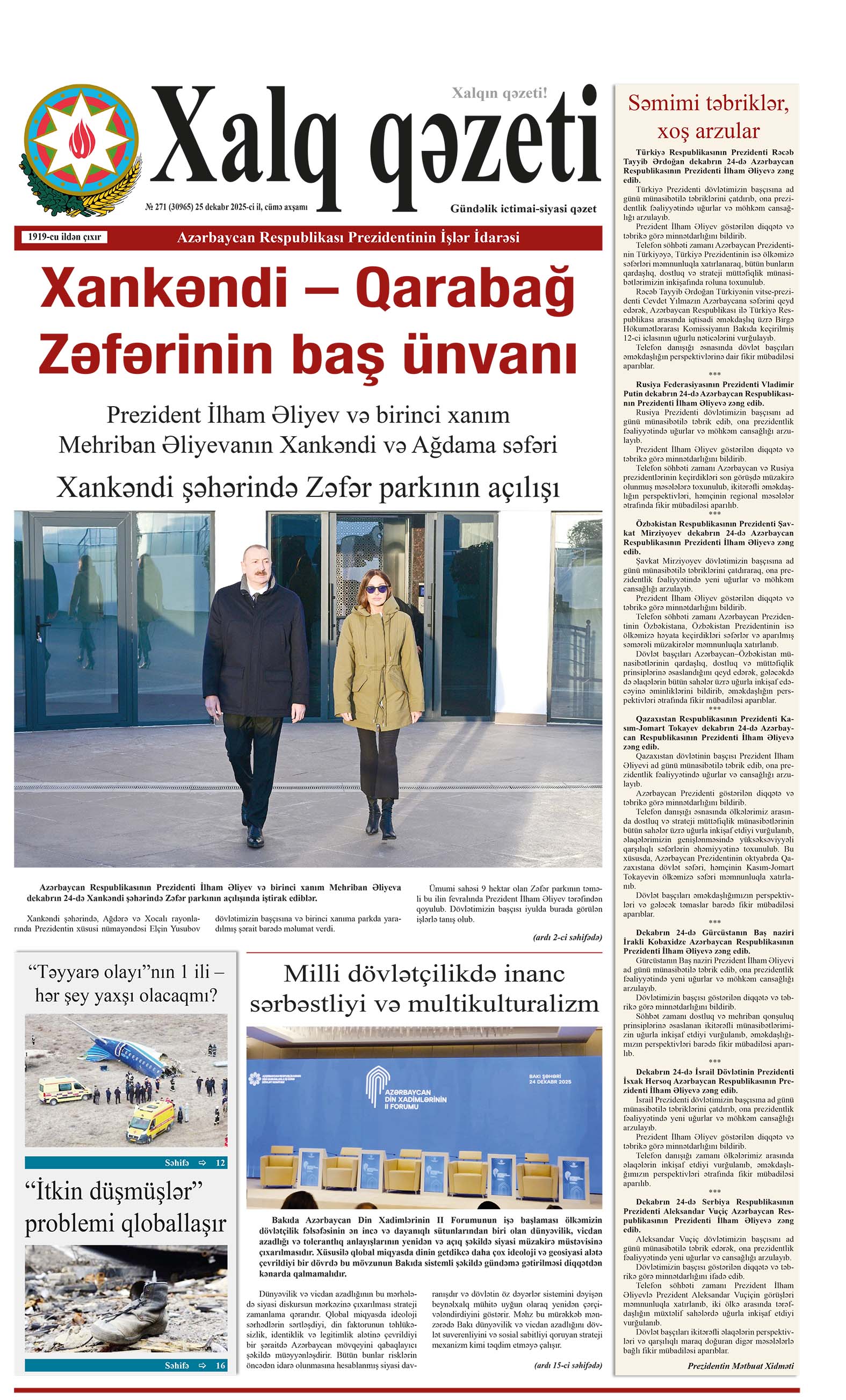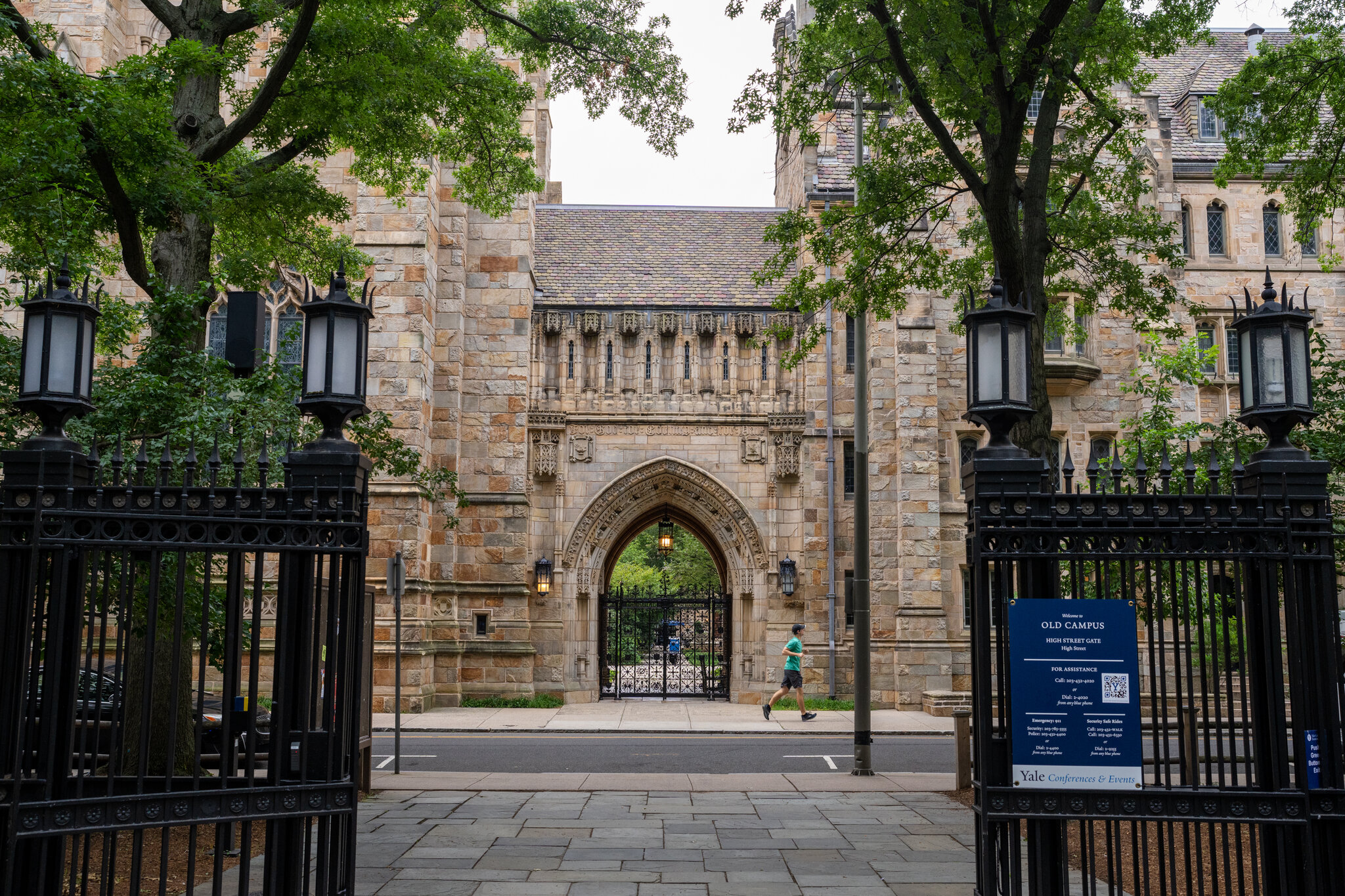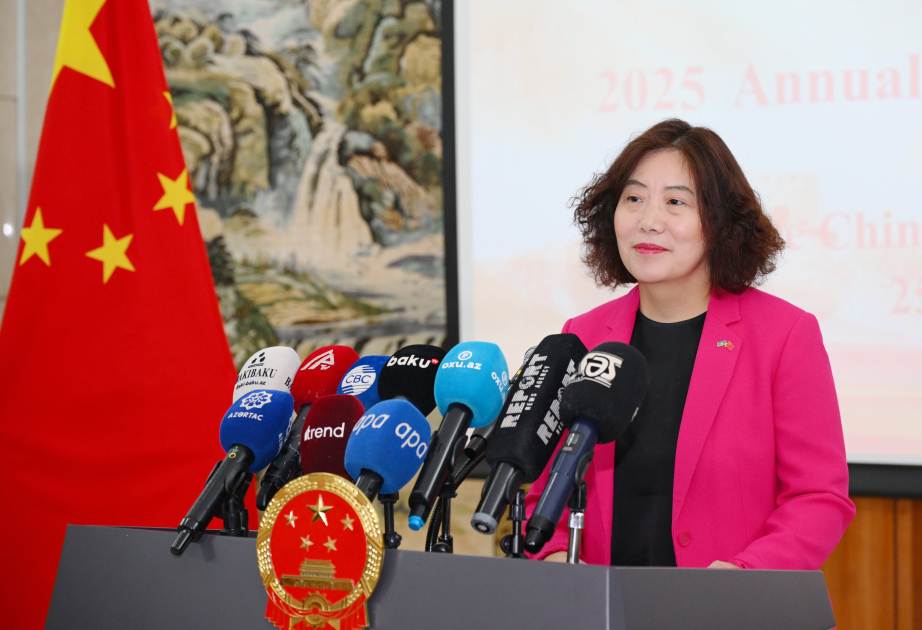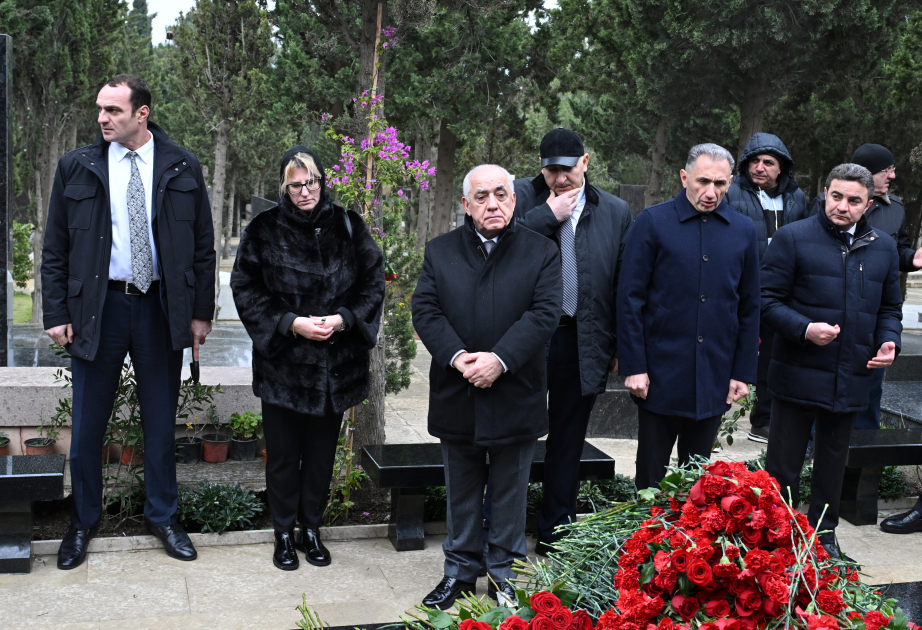Formula One’s return to Las Vegas makes for a unique spectacle
After 41 years, Formula One racing is back in the splashiest of ways with the Las Vegas Grand Prix and a course that runs down the Las Vegas Strip, as opposed to the flop of a first try from 1981-82, according to Los Angeles Times.
That version was held in the parking lot of Caesars Palace and in sweltering heat.
There’s a three-year contract for the current race, which starts at 10 p.m. Saturday and finishes at 1 a.m. Sunday, although F1 has agreed to support the race for at least 10 years. Las Vegas officials are hoping for a “lifetime partnership.”
This is Las Vegas, so it’s only natural that among all the high-tech team garages in the paddock, there’s also a pop-up chapel complete with an ordained minister — an Elvis impersonator, no less — ready to perform legal weddings at the race.
It’s billed as the first F1 chapel. Some ceremonies already are scheduled, and there’s a first-come, first-served system for any other ticketed fans who want to tie the knot.
As for witnesses, there’s a row of red velour chairs surrounding the altar, and there are glass walls, so spectators strolling past can get a good look at the happy couple, who are either getting married for the first time or renewing their vows. Organizers are expecting to host about 20 weddings per night from Thursday through Saturday.
The newlyweds-to-be walk down a polished black aisle and through neon, heart-shaped arches. Behind the minister is a neon sign reading “Lights out and together we go.”
“This is the best way to tie Vegas into Formula One,” said Brian Mills, who has been performing weddings in the city for the last 16 years and just finished his 20,000th ceremony. He has done them at NASCAR races, Golden Knights games and the Electric Daisy Carnival.
Mills has the Elvis pompadour, silver-rimmed sunglasses, a studded black jumpsuit, a thick red belt adorned with all sorts of F1-related charms (a tiny race car, disc brakes, wheels) and a checkered-flag scarf.
A major feature of the race will be the recently completed Sphere, just east of the Strip. At 366 feet tall and 560 feet wide, it’s not only the world’s largest spherical structure but also the biggest LED screen.
The exosphere — the skin of the venue — will show real-time driver information during the race, along with live content and the postrace podium celebration.
Five of the turns on the track pass the Sphere, and organizers say they intend to be especially careful not to inadvertently display bright colors that might confuse the drivers — presumably green, red or yellow, each of which is used on flags in a way to signal instructions to competitors.
Cool weather could present problems for the drivers, with temperatures expected to dip into the high 40s on Saturday night. That will make it challenging to heat the tires enough to make them best grip the turns.
Drivers will swerve to warm their tires before the race, but that’s no guarantee against problems in the curves. The 3.8-mile course features two long straightaways and relatively few high-speed corners to help those tires achieve or retain tackiness.
“We have no idea how it’s going to be, as it is so different to the rest of the year because of the temperature,” Red Bull driver Sergio Perez told reporters this week. “It’s all about keeping the tires in the wind and keeping them warm.”
The coldest Formula One race on record was the 1978 Canadian Grand Prix at 41 degrees.
The construction, roadwork and closures associated with staging the Las Vegas Grand Prix took months and were no small inconvenience to the community.
That prompted the top executive of F1’s parent company to issue an apology to locals.
“I want to apologize to all the Las Vegas residents, and we appreciate their forbearance and their willingness to tolerate us,” Liberty Media chief executive Greg Maffei said recently in an interview with Fox News. “We’re going to bring something like a billion and seven to the area, so it’s not just for the benefits [for] who want to view. We hope there’s a great economic benefit in Las Vegas.”
The process should go more smoothly in the future, organizers say, in part because the course will not require repaving for at least six years.
Meanwhile, airport officials are recommending a “4-3-2-1 plan” for visitors leaving Las Vegas on Sunday, the day after the race.


